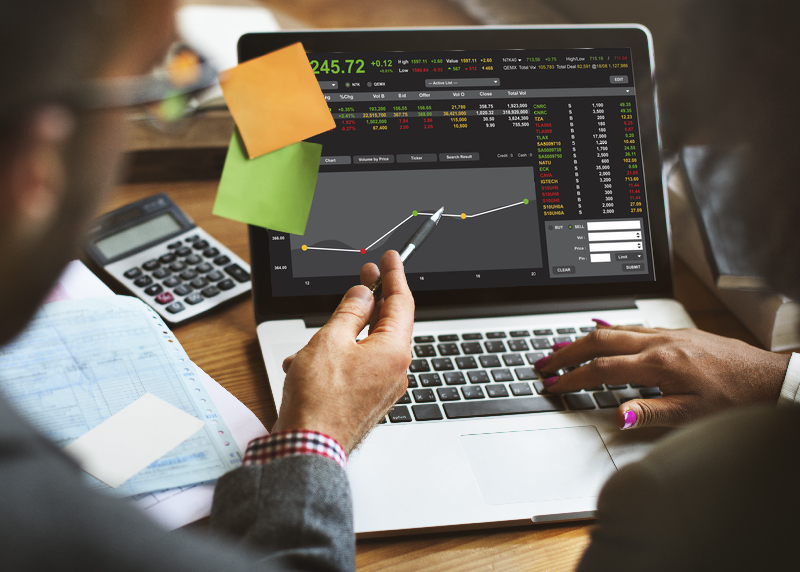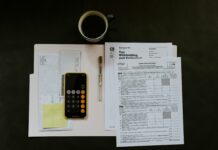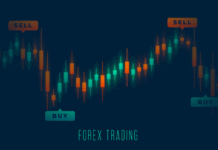Day trading in the forex market can be profitable — but only when guided by knowledge, structure, and risk control.
A forex day trading strategy is your roadmap: it tells you when to trade, how to trade, and how to protect your capital.
Unlike long-term investing, forex day traders close all positions before the end of the trading day. This avoids overnight risk while taking advantage of small, repeatable price swings.
Quick Summary:
A winning forex day trading strategy blends:
-
Proven technical setups (trend, breakout, or scalping)
-
Disciplined risk management
-
Continuous review and improvement
Whether you’re starting as a beginner or building a home-based trading business, this guide shows how to create a strategy backed by data, not guesswork.
Step 1: Understand What Day Trading Is
Before trading live capital, understand these fundamentals:
-
Trading Window: Open and close trades within a single day.
-
Goal: Profit from intraday price volatility.
-
Core Tools: Charts, indicators, and fast execution platforms.
-
Reality Check: High potential reward = high potential risk.
-
Mindset: Discipline and patience beat excitement and impulse.
Experience Insight: Most beginners fail not because of strategy, but because they ignore risk per trade. Successful traders think in probabilities, not perfection.
Step 2:Choose Your Forex Day Trading Strategy
Selecting one tested strategy helps you avoid confusion and emotional decisions.
Below are five detailed day trading strategies with rules, examples, and chart setups.
| Strategy | Concept | Main Tools | Example Setup |
|---|---|---|---|
| Trend Trading | Trade with the dominant market trend. | Moving Averages, MACD, ADX | Buy when price > 50 MA and ADX > 25. |
| Scalping | Take many small profits throughout the day. | 1-min/5-min charts, Stochastic | Enter at Bollinger Band lows; exit quickly. |
| Breakout Trading | Trade when the price breaks support/resistance. | Volume, ATR, Support Levels | Buy a breakout with strong volume. |
| Mean Reversion | Bet price returns to the average. | RSI, Moving Averages | Sell RSI > 70, price > average. |
| News Trading | React to economic events. | Economic Calendar, Volatility Tools | Trade after Non-Farm Payrolls release. |
.Pro Tip: Start by testing one strategy on a demo account before switching to another.
Best Currency Pairs for Day Trading
| Pair | Key Feature | Suitable For |
|---|---|---|
| EUR/USD | Tight spreads, stable | Beginners |
| GBP/USD | High volatility | Breakouts |
| USD/JPY | Predictable intraday waves | Scalping |
| GBP/JPY | Extreme swings | Advanced traders |
| XAU/USD (Gold) | Moves fast | Momentum traders |
Best Trading Sessions & Times
| Pair | Key Feature | Suitable For |
|---|---|---|
| EUR/USD | Tight spreads, stable | Beginners |
| GBP/USD | High volatility | Breakouts |
| USD/JPY | Predictable intraday waves | Scalping |
| GBP/JPY | Extreme swings | Advanced traders |
| XAU/USD (Gold) | Moves fast | Momentum traders |
Step 3: Choose a Regulated Forex Trading Platform
Using a reliable, regulated trading platform is critical for executing strategies safely:
-
Licensed by recognized authorities (FCA, ASIC, CFTC)
-
Offers stop-loss and margin controls
-
Provides real-time market data and demo accounts
-
Transparent fee structure
Top Platforms (2026): MetaTrader 4/5, TradingView, Thinkorswim, Interactive Brokers, E-Trade
Pro Tip: Verify broker regulation through official financial regulators to avoid scams.
Step 4: Master Technical & Fundamental Analysis
A robust plan blends both analytical approaches:
Technical Analysis:
Charts reveal price behaviour and trader psychology. Learn to read candlesticks, identify trends, and apply indicators responsibly.
Fundamental Analysis:
Economic events move currencies — central-bank meetings, GDP data, and inflation reports. Follow reliable calendars (e.g., Investing.com or ForexFactory).
Risk Management Essentials:
-
Limit exposure to 1–2 % per trade.
-
Use stop-loss orders religiously.
-
Avoid trading during low-liquidity hours.
Practical Tip: Simulate trades in demo mode for 4–6 weeks before risking real funds.
Step 5: Build, Test & Refine Your Strategy
Every professional trader has a written trading plan that defines:
-
Entry Criteria: Technical or fundamental trigger
-
Exit Rules: Profit targets or stop levels
-
Position Size: Based on risk tolerance
-
Review Process: Weekly and monthly metrics
Use backtesting tools or demo accounts to check if your rules hold up across different markets.
Consistency > perfection — even a 60 % win rate can succeed with strong risk/reward management
Step 6: Build and Test Your Strategy
- When to enter a trade (your “entry signal”).
- When to exit a trade (your “exit signal”).
- How much are you risking (your stop loss and take profit)?
Step 7: Create a Daily Trading Routine
| Time | Activity |
|---|---|
| 8:00 AM | Review global economic news and overnight price action. |
| 8:30 AM | Identify 2–3 potential setups. |
| 8:45 AM | Execute trades with defined risk parameters. |
| Evening | Journal performance and refine plan. |
Step 8: Avoid Common Trading Mistakes
Even profitable traders lose money when they ignore basics.
-
Overtrading — take quality setups only.
-
Removing stop-loss orders.
-
Chasing losses (“revenge trading”).
-
Ignoring post-trade analysis.
Experience Note: Keeping a trading journal is your best free mentor.
Step 9: Continuous Learning
The forex market never stops changing — neither should you.
-
Read trusted sources (DailyFX, BabyPips, Bloomberg Markets).
-
Follow central-bank updates.
-
Attend free webinars from regulated brokers.
-
Review results every month; track emotional triggers.
Continuous improvement turns traders into professionals.
Fibonacci & Price Action Strategy
Powerful combination for precision entries
Entry Rules
-
Identify clear uptrend or downtrend
-
Draw Fibonacci retracement swing low → high
-
Enter at 50% or 61.8% retracement with price action pattern:
-
Pinbar
-
Engulfing candle
-
Break of structure
-
-
Place SL below 78.6 level
-
TP at previous high
Final Thoughts
Building a winning strategy is not about copying others. It is all about tests and trials, finding what works for you. You need to see these things: your schedule, your risk comfort, and your trading style. So, the best forex day trading strategies aren’t one-size-fits-all. It’s about finding what works for you.
Disclaimer
Trading foreign exchange (forex) carries significant risk. Past performance does not guarantee future results. This article is for educational purposes and not financial advice.
FAQs
Q1: How much capital do I need to start forex day trading?
A1: Most beginners start with $500–$1,000. Focus on managing risk carefully and only trade money you can afford to lose.
Q2: Can I day trade part-time?
A2: Yes, part-time trading is possible. Focus on overlapping market hours, like London and New York, to access high liquidity.
Q3: What is the best time to trade forex?
A3: The most active periods are during major market session overlaps, which provide higher volatility and better trading opportunities.
Q4: Are forex day trading strategies suitable for beginners?
A4: Yes, beginners can succeed with proper education, practice on demo accounts, and disciplined risk management.
Q5: Which platforms are best for forex day trading?
A5: Popular beginner-friendly platforms include MetaTrader 4/5, TradingView, Thinkorswim, E-Trade, and Interactive Brokers.
Find a Home-Based Business to Start-Up >>> Hundreds of Business Listings.
















































